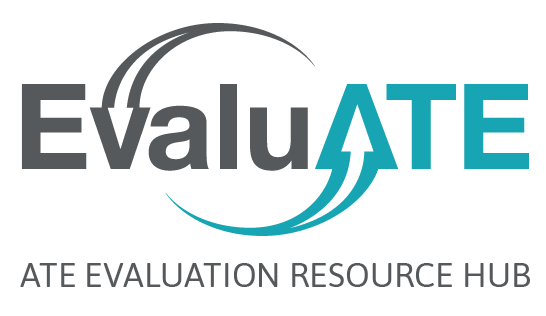Where are the hidden opportunities to positively influence proposal reviewers? Surprisingly, this is often the Results from Prior Support section. Many proposers do not go beyond simply recounting what they did in prior grants. They miss the chance to “wow” the reader with impact examples, such as Nano-Link’s Nano-Infusion Project that has resulted in the integration and inclusion of nanoscale modules into multiple grade levels of K-14 across the nation. Teachers are empowered with tools to effectively teach nanoscale concepts as evidenced by their survey feedback. New leaders are emerging and enthusiasm for science can be seen on the videos available on the website. Because of NSF funding, additional synergistic projects allowed for scaling activities and growing a national presence.
Any PI having received NSF support in the past 5 years must include a summary of the results (up to 5 pages) and how those results support the current proposal. Because pages in this subsection count toward the total 15 pages, many people worry that they are using too much space to describe what has been done. These pages, however, can provide a punch and energy to the proposal with metrics, outcomes, and stories. This is the time to quote the evaluator’s comments and tie the results to the evaluation plan. The external view provides valuable decision-making information to the reviewers. This discussion of prior support helps reviewers evaluate the proposal, allows them to make comments, and provides evidence that the new activities will add value.According to the NSF Grant Proposal Guide, updated in 2013, the subsection must include: Award #, amount, period of support; title of the project; summary of results described under the distinct separate headings of Intellectual Merit, and Broader Impact; publications acknowledging NSF support; evidence of research products and their availability; and relation of completed work to proposed work.
The bottom line is that the beginning of the project description sets the stage for the entire proposal. Data and examples that demonstrate intellectual merit and broader impact clearly define what has been done thus leaving room for a clear description of new directions that will require funding.

Except where noted, all content on this website is licensed under a Creative Commons Attribution-NonCommercial-ShareAlike 4.0 International License.


 EvaluATE is supported by the National Science Foundation under grant number 2332143. Any opinions, findings, and conclusions or recommendations expressed on this site are those of the authors and do not necessarily reflect the views of the National Science Foundation.
EvaluATE is supported by the National Science Foundation under grant number 2332143. Any opinions, findings, and conclusions or recommendations expressed on this site are those of the authors and do not necessarily reflect the views of the National Science Foundation.